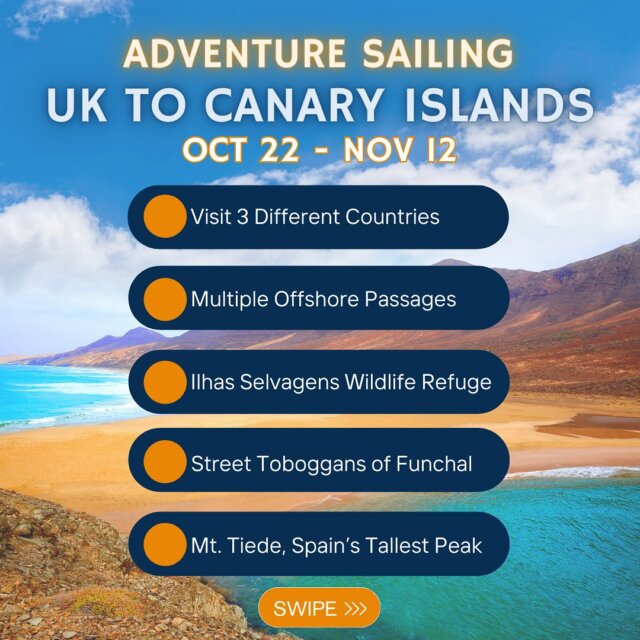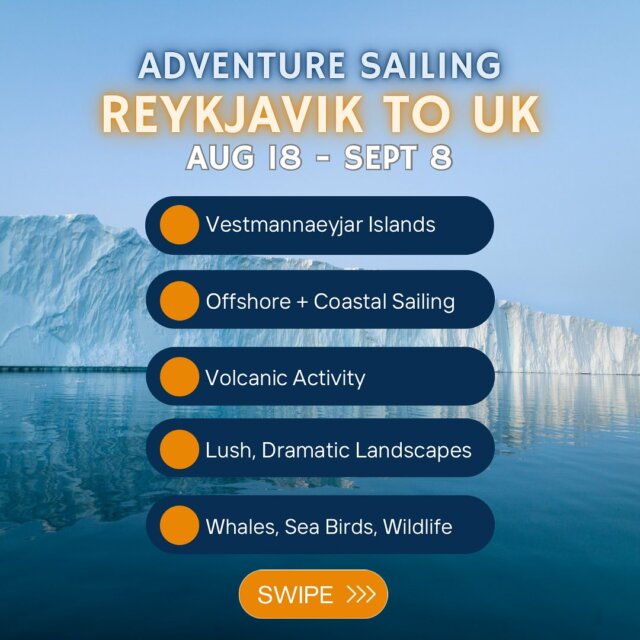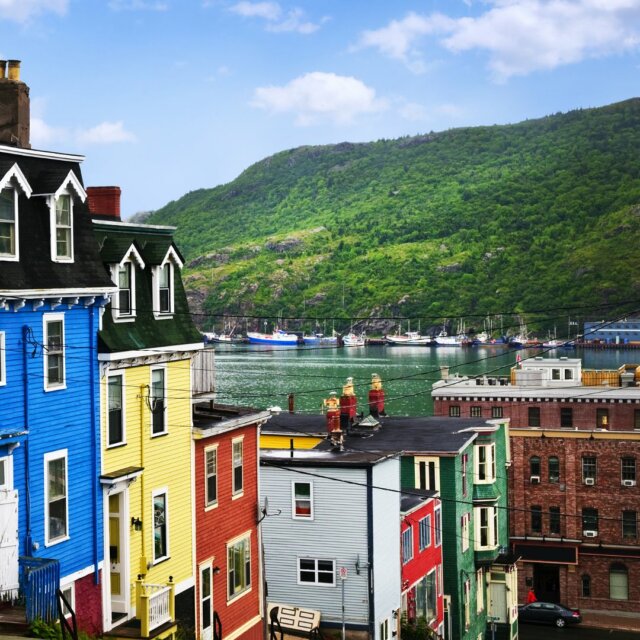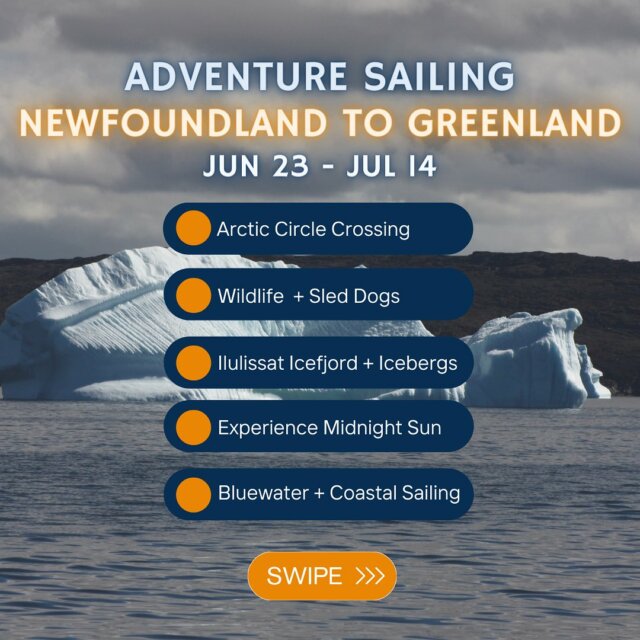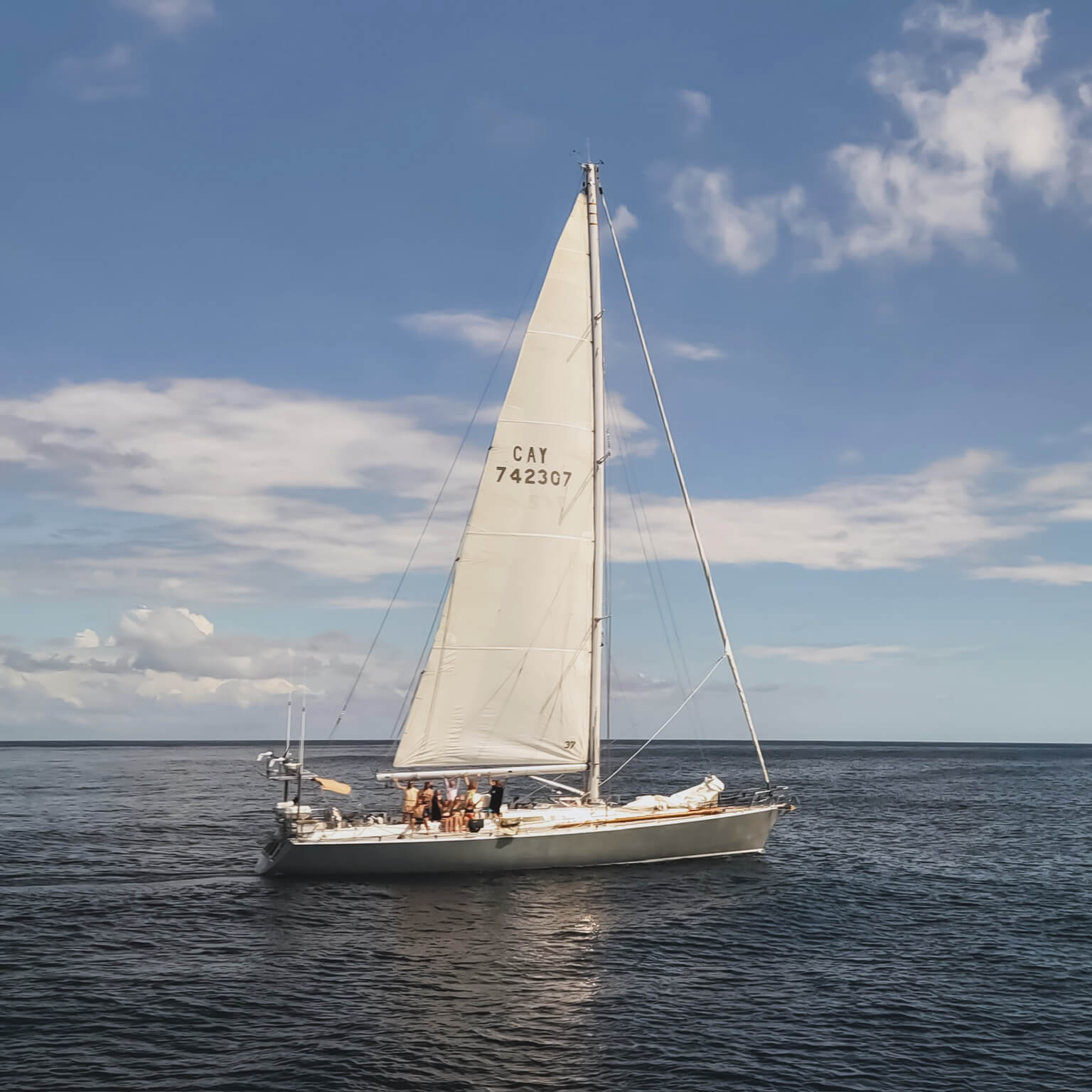Jessika Hagberg (Örebro University) and Louise Hedenskog (Thorén Business School, Örebro) throw the manta trawl in the water between Sweden and Germany in the southern part of the Baltic Sea. This excercise is repeated twice a day and trawling takes an hour each time most days of the expedition.
Here is a video of the trawl.
The manta trawl is filtering the water surface and particles of 0.33 mm or larger will end up in the collecting bag of the 3 m long net. The trawl is kept in position next to the vessel using a spinnaker pole and the speed is kept to between 0.5 and 1.5 m/s.
The trawl content is then rinsed down on a sieve and transfered into a jar. Although the water looks clean we usually find small plastic particles of different colors. Unfortunately not only plastic particles stay in the net; plankton, small fish and lady bugs (!) will keep the lab staff busy preparing the samples for analysis the next coming months.
(An extreme example of a trawl sample containing biological material.)

